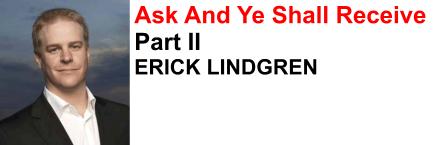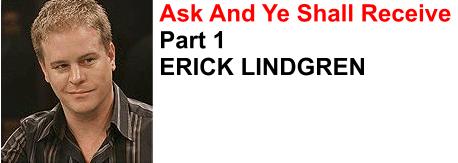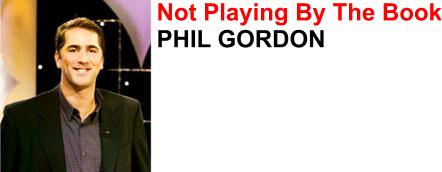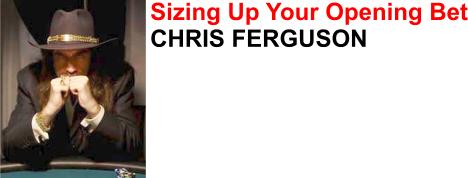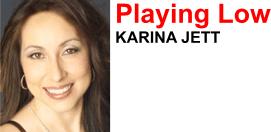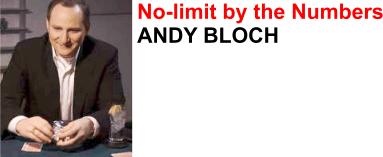Poker Pro: Specialize at your peril
 “Playing the other games will develop skills that will simply make you a better poker player.”
“Playing the other games will develop skills that will simply make you a better poker player.”

The recent poker explosion on TV and the Internet has created a flood of new players who are serious about developing their game. Sadly for them, television is sending a skewed message. No-Limit Hold ’em is the game of choice when the game is shown on TV, and it’s easy to think there is only one game out there. While no one would argue that No-Limit makes for the most exciting television, there are many dangers associated with playing only one game.
First, you run the risk of getting bored, and boredom will lead to a stunting of your poker development. Enthusiasm is a critical ingredient for a successful poker career. When I spend time around the best poker players in the world, the one thing that they all share is a genuine love and passion for the game.
Next, you might be missing your true poker calling. As it happens, my best game isn’t No-Limit Hold ’em – it’s Limit Hold ’em. Had I not tried playing limit, I would never have found the game I am best at.
There are reasons why all the biggest casinos in the world feature multiple games!
Stop by the big game at the Bellagio in Las Vegas and you’re liable to see No-Limit and Limit, with games ranging from Seven-Card Stud to Deuce-to-Seven Draw. The best players in the world simply love to play poker. To deny themselves the pleasure of playing some of the best forms of the game would be unthinkable. They also know that if they play just one game, the specialists in a particular game (who are not nearly as good overall poker players) would be able to sit at their game and win. If you want to climb to the top of the poker world, you better become a great poker generalist. If you insist on limiting yourself to one game, you’ll never make it.
Even if your ultimate goal is to become an accomplished No-Limit Hold ’em player, I encourage you to at least play a lot of Limit Hold ’em. Too many No-Limit specialists get by with almost no post-flop skills. To get good at limit Hold ’em, you will be forced get more comfortable playing after the flop. Getting free cards on fourth street and making close value bets on fifth street are just two of the skills you’ll be working on. And those skills are transferable. Developing these skills in limit Hold ’em will allow you to play your hands with all your options available. And your No-Limit results will improve dramatically.
Playing the other games will develop skills that will simply make you a better poker player. Skills that have subtle value in No-Limit Hold ’em are very important in the other games. Acquiring these skills will have profound effects on your No-Limit game, even though you might not even be aware of their importance now.
Playing Seven-Card Stud will definitely teach you the value of free cards. It is a fundamental skill necessary to succeed at the game. In Pot-Limit Omaha you will learn the power of position and the power of the semi-bluff. Seven-Card Stud 8/Better is a game where you need to learn how to narrow the field at the right time. The number of players in a pot can make a hand go from a fold to a raise. Razz? Well, if nothing else, it will teach you how important patience can be when things aren’t going well.
The world of poker has a lot more to offer than No-Limit Hold ’em. And if you start to explore that world, I am confident you will enjoy the game more. Getting good at each game will take time, so start out small and read what you can. Have fun; a new world awaits.
Howard Lederer
![]() TOP POKER ROOMS FOR USA RESIDENTS – Safe, reputable poker rooms that welcome American players
TOP POKER ROOMS FOR USA RESIDENTS – Safe, reputable poker rooms that welcome American players
